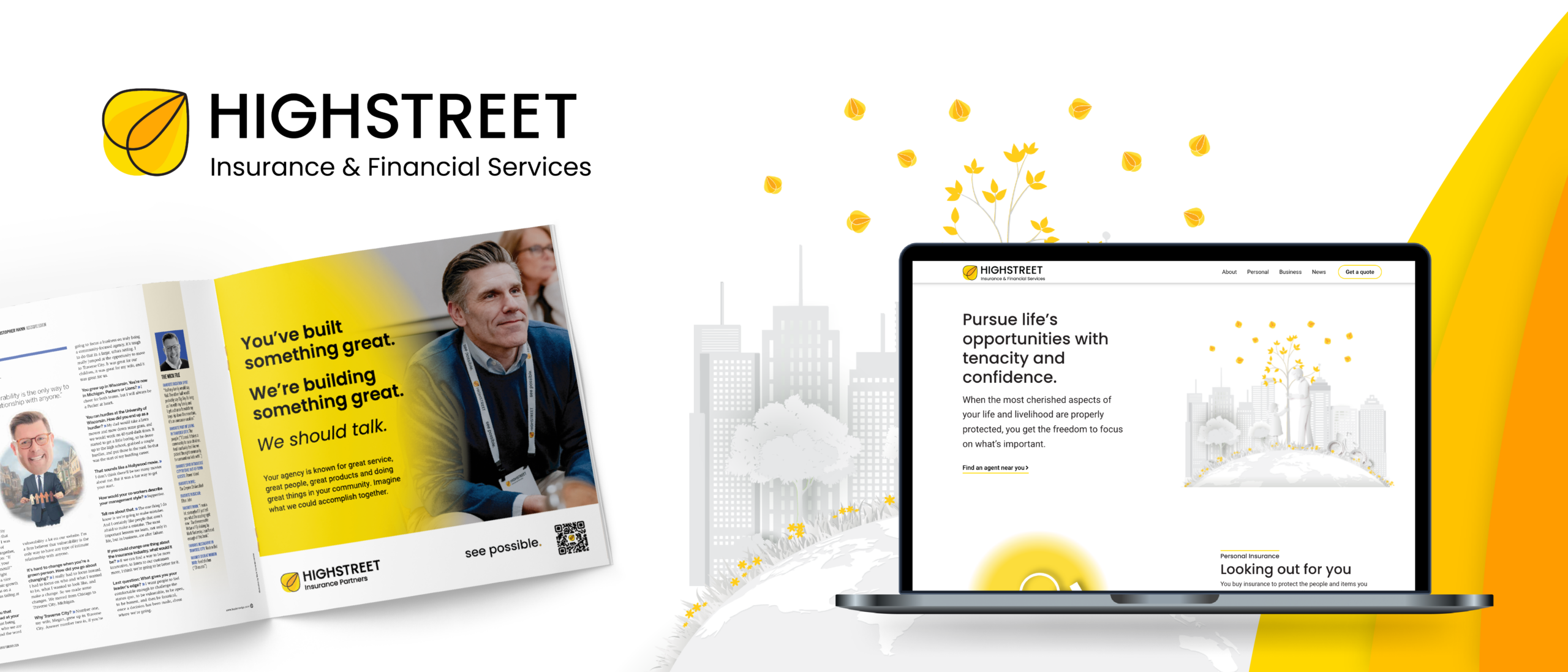There is a myriad of metrics you can measure. With all the pressure to be “data-driven” and measuring all that you can, buzzword metrics can be tempting. However, just as ignorance can be costly, data without a plan can be equally dangerous.
Data Analytics needs a plan. Let’s explore. Before Diving in, you need to ask some key questions:
What can you measure?
What should you measure?
What should you expect?
What is okay?
When should you react?
Furthermore, you need some basic data literacy. Literacy has historically been associated with the ability to read and write. Data literacy is the ability to ask and answer questions from large and small data sets through an inquiry process. The proper use of data takes into consideration several principles:
Goals
What is it you are setting out to do. Is it a benchmark, end game, moon shot?
Leading vs. Lagging Indicators
Leading Indicators are like inputs – they measure the activities necessary to achieve your goals. Leading indicators can be hard to measure, but they’re easy to directly influence and describe how to achieve your goals. Lagging Indicators are like outputs – they measure the actual results. Lagging indicators show the final score of your strategy and/or efforts. These metrics are easy to measure, but hard to directly improve.
Statistical Differences
This is the likelihood that a relationship between two or more variables is caused by something other than chance. Understanding what is truly significant in your data is critical. Organizations who do not understand this concept run the risk of knee-jerk reactions to positive or negative results, or sometimes miss something that is truly important by writing it off a simple data variation.
Outliers
Similar to the statistical differences, data outliers occur when one data point is quite noticeably like the others. It is important to look for these outliers and understand when they show a flaw in your system or opportunity to follow up.
Ethical Data Use
This is the sum of the processes and policies by which you ensure the way you collect, protect and use data is aligned with your corporate values and legislation.
Now, before you rally around specific data points, it is better to take a step back and look at what types of insights your data can provide. What types of problems do you need to solve? For example, on its own, Donor Retention is a key metric that garners a lot of attention, but it is actually a clue to a much bigger puzzle such as donor segments, giving opportunities or competitive threats.
While there are plenty of metrics for donor behaviour, let’s step back and look at the broader themes that data can support.
Donor Giving Habits
How a donor has given in the past can tell you a lot about how they may give in the future and the best way to reach out to them. Past transactions include a host of data on their own. Among the most important metrics are the recency of the last transaction, frequency of giving, average gift size and preferred giving channel.
Donor and Prospect Giving Propensity
Many organizations make the mistake of seeing propensity as something that is binary – that is either on/off – and that all donors in their base must be one or the other. Propensity is best seen as a spectrum – you can decide how far you need to go into your donor list.
Donor and Prospect Giving Capacity
Donor capacity is critical in determining where you should allocate your resources, and to right-size, the” ask” in consideration for the donor is expecting or will tolerate. Capacity can show you where opportunities lie within your current donors and can help refine what type of prospects you should target. Your own data set can provide clues – but it becomes much more powerful when combined with external data to screen the wealth and propensity to give. Third-party data is easily accessible, and with the right tools, it can be merged with your data to create a robust view of the donor.
Donor Communication Preferences
Finding the right engagement strategy for your donors is a win-win. They enjoy and engage with the communications, you see return for your effort, and funds can grow. A sub-optimal engagement is a lose-lose. The immediate impact to your bottom line is clear. Many fail to recognize the full scope of the negative impact on the donor’s experience and knock on impact to their giving. The right communication preferences rely on an analysis of preferred channels, frequency of communication and types of content provided.
The right combination of these metrics can be used to create meaningful and actionable donor segmentation.
We get it. You need a plan you can start now. We can help. Let’s do this.



